Table of Content
1. Introduction
Every year, motorcycle enthusiasts go TOURING or ride over long distances to visit scenic locations. These motorcycle journeys can be memorable experiences for riders. These tours can be comfortable and ADVENTUROUS if riders make sure to pack the right gear.
To make a motorcycle tour a memorable experience, it is recommended that you prepare the necessary gear in anticipation of any unexpected situations.
2. Factors That Affect Packing
2.1 Length of the Trip?
Before going on a TRIP, take time to plan possible routes and know the locations of all rest stops along the way to your destination. If the trip is going to be long, try pre-booking hotel rooms before embarking. During riding season, many riders travel to the same destinations or rest stops, meaning you will have competition when looking for temporary lodging.
2.2 Choosing Luggage
Having proper luggage improves the riding experience since it can help keep your belongings secure while carrying them over long distances. Choosing the ideal LUGGAGE may depend on the following:
- How much storage space/capacity is needed
- On straight, paved roads, soft saddlebags are the best option. For off-roading or bad weather conditions, hard saddlebags are the best option.
- Hard trunk bags and saddlebags are the best options if the destination is known for extreme weather conditions.
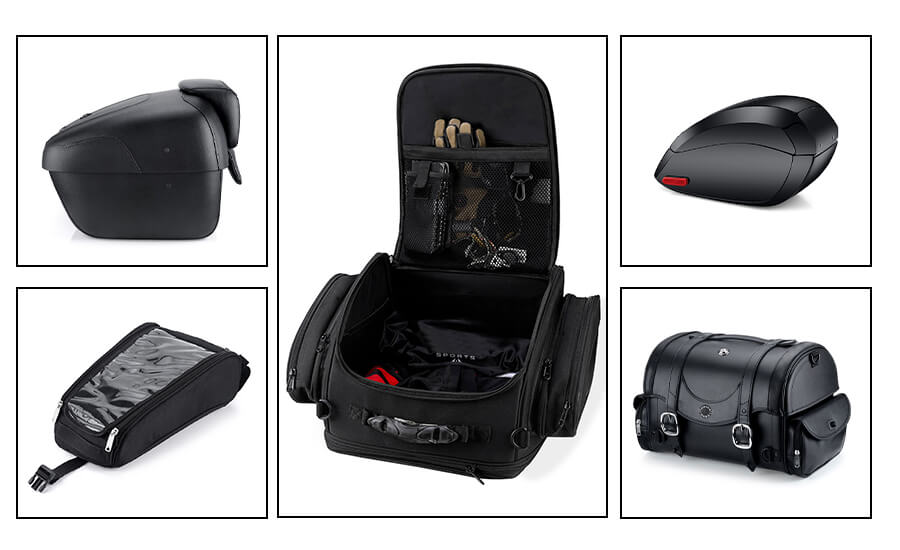
Examples of ideal LUGGAGE include SADDLEBAGS , SISSY BAR BAGS , TANK BAGS , TRUNK BAGS , etc.
2.3 Destination
Research the destination to check if there is any kind of trouble going on, does it have all the necessary accommodations does it has placed worth visiting, etc. Bad weather conditions in certain areas make it unfavorable for motorcycle travel during specific times of the year. One example is the WINTER SEASON in Alaska due to the cold temperatures and heavy snowfall making it unsafe to ride on a motorcycle.
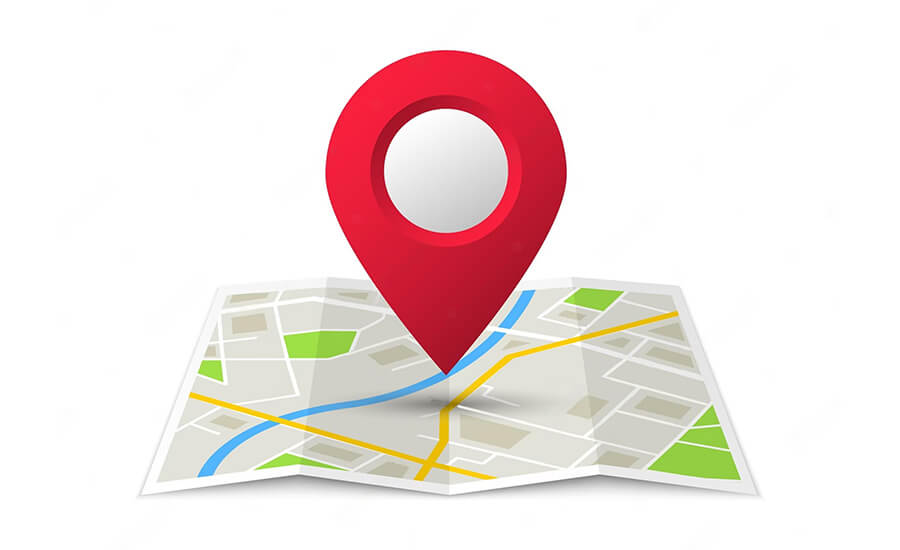
2.4 Available Storage Space
It is important for riders to have enough space to store all their belongings. Luckily, CRUISERS can easily attach extra LUGGAGE BAGS like SADDLEBAGS , TRUNK BAGS , HANDLEBAR BAGS , TANK BAGS , etc.
However, it is important that riders prioritize packing what they need and using the available storage space efficiently to AVOID OVERPACKING.
3. Common Mistakes
3.1 Not having proper gear
A rider must have proper riding gear to ensure their safety. The proper riding gear includes Jacker, Pants, Gloves, Shoes, and Helmet.
3.2 Packing at the last minute
Many riders pack at the last minute right before leaving. This should be avoided since packing in a hurry increases the likelihood that items will be left behind.
3.3 Overweight
Many first-time riders pack extra, unnecessary items which increase the motorcycle’s overall weight.
3.4 No inspection
Many first-time riders forget to conduct a proper motorcycle inspection before embarking, not checking for any signs of mechanical issues that could cause complications later on.
3.4 No inspection
Many first-time riders forget to conduct a proper motorcycle inspection before embarking, not checking for any signs of mechanical issues that could cause complications later on.
3.5 No weight balancing
Many first-time riders fail to balance the weight of their LUGGAGE on both sides of the motorcycle, which could negatively affect handling.
4. Professional Tips
4.1 Things to Ponder
It is recommended that you always check the weather conditions of the route and destination before embarking. Prior research will help you avoid roads that are blocked due to rainy weather and landslides.
Weather Conditions
Knowing the weather conditions of the route and the destination will help riders plan a safer path and avoid unfavorable road conditions. For example, if a rider wants to visit a location where there is going to be snowfall, the rider can change their route accordingly or pack gear suited to that weather.
Road Conditions
If riders have already traveled through or are familiar with the area, they may not face any issues. When traveling through unknown territory, riders may encounter problems if they didn’t do prior research. In hilly areas, landslides mostly occur in the summer or spring when the snow on top of the mountains melts or after heavy rainfall. Landslides can block the road which takes a long time to clear and can be very dangerous.
4.2 Always Pack Before Going on a Trip
Try to pack everything before going on a TRIP since it is quite possible to leave things behind if you pack at the last minute. To make sure that you pack all the essentials, make a checklist of all the things you will need. Having ample time to review the checklist and pack your belongings will lessen the probability of forgetting something.
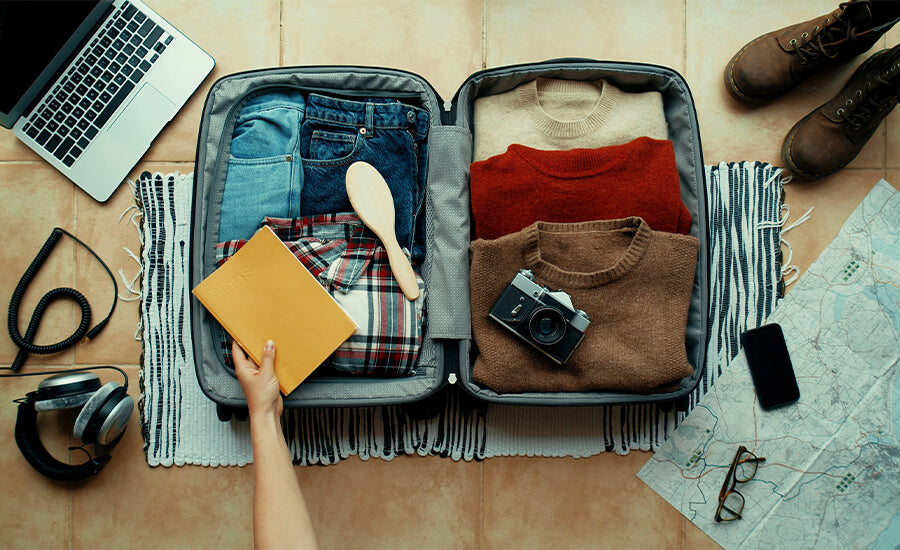
4.3 Motorcycle Weight
Many riders do not pay attention to how much extra weight they are putting on their motorcycles. An overweight motorcycle is dangerous because it cannot deliver maximum power output quickly or handle as well when making sharp turns.
Another problem most riders face with an overweight motorcycle is that they cannot properly balance their LUGGAGE, making them more difficult to handle. CRUISERS usually do not have extra bags or LUGGAGE RACKS attached to them. However, SADDLEBAGS , LUGGAGE RACKS, TRUNK BAGS , TANK BAGS, SISSY BAR BAGS , etc., can easily be attached to CRUISERS.
4.4 Motorcycle Inspection
Before going on a motorcycle trip, many riders do not conduct a proper inspection. While riding, any technical fault that the riders were unaware of could worsen while on the road, causing your motorcycle to break down or worse. There is a high chance that there may not be any motorcycle repair shop nearby. It is best to do a proper motorcycle inspection beforehand so repairs can be made if necessary.

4.5 Proper Weight Balancing
Some riders struggle with properly balancing weight on both sides of the motorcycle. If you need to pack multiple items, arrange them in a way that both sides of the motorcycle are equally balanced. If there are any heavyweight bags, put them behind the back seat while the rest of your belongings are stored on either side of the motorcycle.
4.6 Safety Equipment
As safety is a priority when riding a motorcycle across LONG DISTANCES , it is important that riders wear proper SAFETY EQUIPMENT . Here are a few examples of motorcycle safety equipment:
Riding gear
It is recommended that riders wear proper riding gear for LONG MOTORCYCLE RIDES. Proper riding gear includes a helmet, shoes, gloves, a jacket, and pants.
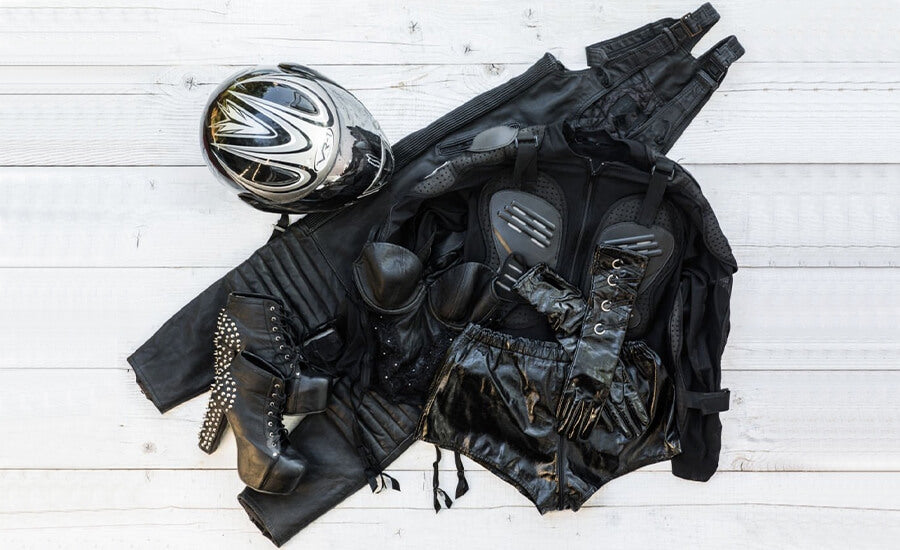
First aid kit
Always keep a first aid kit stored in the TANK BAG , HANDLEBAR BAG, etc. In case of an emergency or accident, the first aid kit will help treat minor injuries or alleviate severe wounds that require further medical assistance.

4.7 Tool Kit
During longer rides, it is quite possible that your motorcycle may suffer mechanical problems with no garage or repair shop nearby. Therefore, it is recommended you carry a toolbox in case you need to tighten loose nuts, fix the brakes, or repair any kind of minor damage.
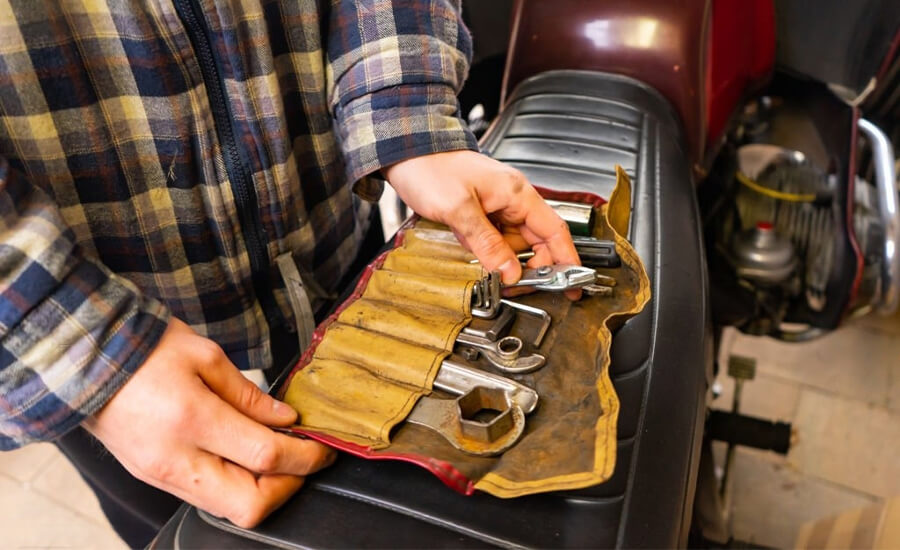
4.8 Communication Equipment
Phone
In hilly areas, network issues are very common. However, in villages, towns, and cities, you should have no issues being able to use your phone. For emergencies, always make sure to carry a phone in case you need to call for help.
Laptop
Bringing a laptop is optional, but it can be an alternative way to communicate in case of emergencies if your phone is not working.
Maps
Nowadays, your phone has navigation software and a GPS. Anyone who has an internet connection and a working smartphone can easily use a GPS to plan a route. However, if the phone does not have enough battery life or there are network problems, you will no longer be able to access your GPS. As a backup, make sure to bring a spare map as well.
Extra power bank
Many riders have power banks that they can use to charge their phones. It is quite possible that certain locations may not have electricity. Therefore, riders who have power banks should use them whenever possible to keep their electronics charged.
4.9 Clothes
Most riders bring extra pairs of clothes to last them the duration of their trips. If the ride is going to be about one or two days long, two pairs of clothes should be enough. Don’t pack extra pairs of clothes to avoid putting extra weight on your vehicle.
First, check the weather of the location, then pack clothes best suited for the weather conditions.
Rolling
Saving space is very important while packing, therefore, it is important to pack the items in such a way that uses space efficiently. Pack your clothes by rolling them, and tightly packing your clothes together in a small area.
Extra pairs of socks
Riders must bring extra pairs of socks with them since their feet will become covered in sweat and rain may cause their socks to get wet. Socks need to be changed regularly, otherwise, they can cause infection in your feet.
4.10 Personal Items
Many people have skin problems so they only use specific face wash and shampoo. Personal items may include a toothbrush, face wash, shampoo, charger, watch, lotion, perfume, mouthwash, tissues, razor, etc. The main reason why riders should bring personal items is that they might not be available or can be purchased at the destination.
5. Conclusion
Every rider should check the weather before going on a ride. Most importantly, riders should pick the IDEAL LUGGAGE necessary to pack their things for at least one to two days. Before going on a ride, riders should properly inspect their motorcycle and properly balance the weight on both sides. The rider must have the proper equipment to improve safety and allow for communication. Riders should pack their clothes in such a way that they do not take up extra space.

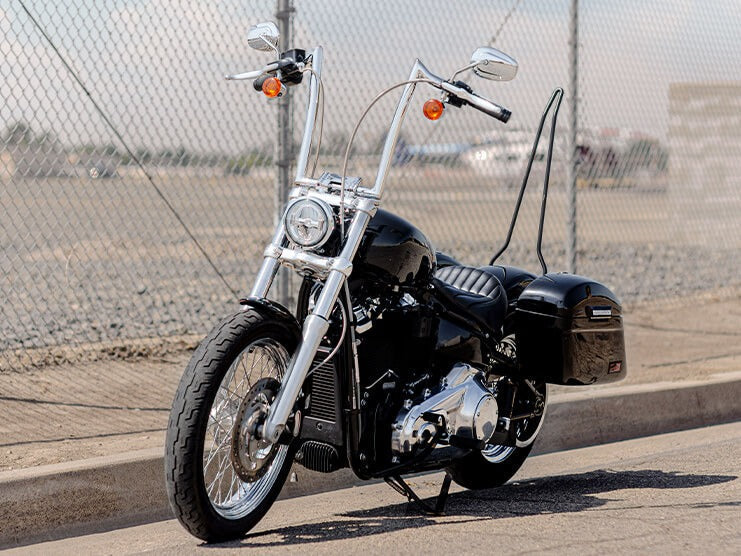










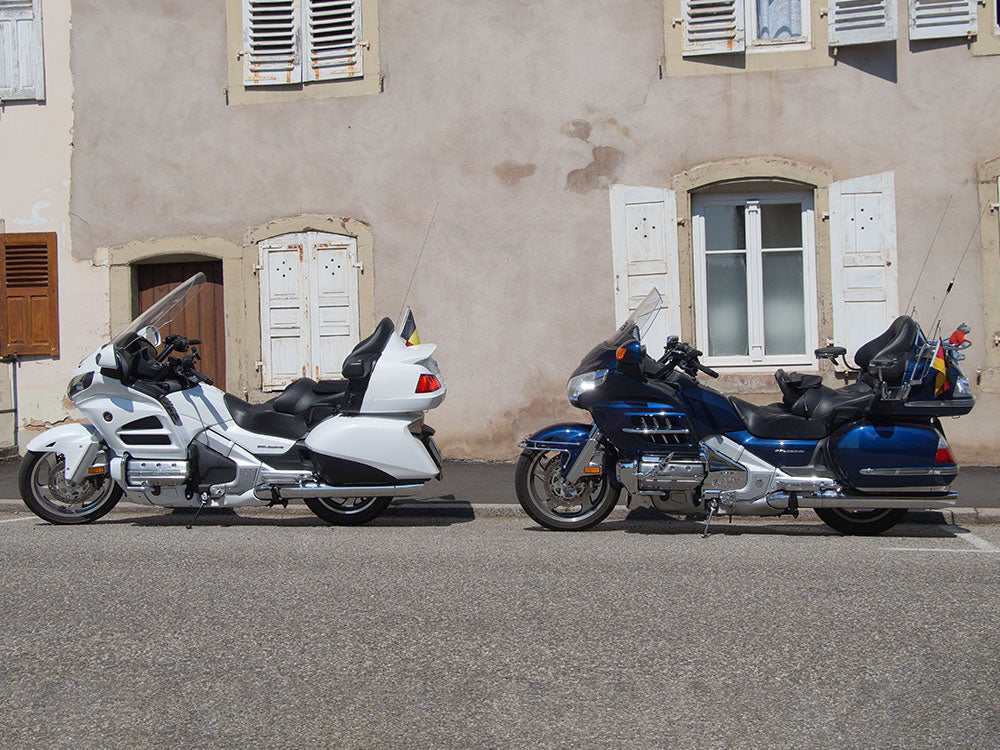
Leave a comment
All comments are moderated before being published.
This site is protected by hCaptcha and the hCaptcha Privacy Policy and Terms of Service apply.